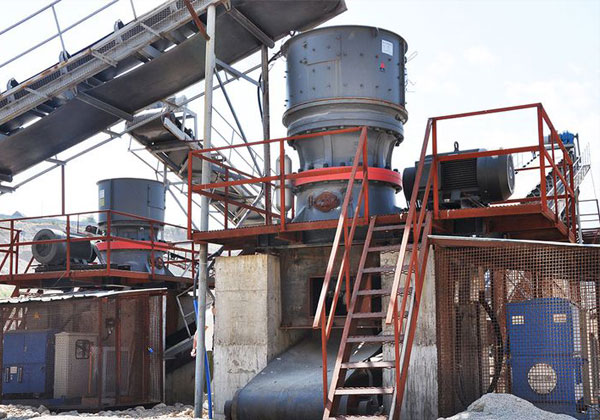A 300 TPH (tons per hour) cone crusher is a robust and efficient piece of machinery designed to handle large quantities of material, making it ideal for high-capacity operations. The feed size of the materials processed by this type of cone crusher can significantly impact its performance, efficiency, and the quality of the end product. Generally, the feed size refers to the maximum diameter of the material that can be introduced into the crusher. Understanding the relationship between feed size and the operational parameters of a cone crusher is crucial for optimizing its performance and ensuring the effective processing of various types of aggregates, ores, and other materials.

The feed size for a 300 TPH cone crusher typically ranges from 100 mm to 250 mm, depending on the specific design and manufacturer of the machine. This range allows the crusher to effectively break down various materials, including hard rocks like granite, basalt, and limestone. The ability to handle larger feed sizes enables the cone crusher to produce more material in a shorter period, maximizing operational efficiency. However, it is important to maintain the recommended feed size to prevent overloading the crusher, which can lead to decreased performance and increased wear and tear on the machine.
In addition to the physical dimensions of the feed material, the characteristics of the material itself play a significant role in determining the optimal feed size. Factors such as hardness, moisture content, and abrasiveness can affect how well the material is crushed. For example, harder materials may require a smaller feed size to ensure efficient crushing, while softer materials can be processed with larger feed sizes. Therefore, operators must consider the specific material characteristics when determining the appropriate feed size for the cone crusher to achieve optimal results.
The design and configuration of the cone crusher also influence its feed size capabilities. Advanced cone crushers often feature adjustable settings, allowing operators to fine-tune the feed size based on the application requirements. This flexibility enables better control over the particle size distribution of the output, ensuring that the final product meets specifications for various applications, such as construction, road building, and mineral processing. Furthermore, the integration of advanced technology, such as automation and monitoring systems, can enhance the crusher’s performance and help maintain the ideal feed size.
In summary, a 300 TPH cone crusher is an essential piece of equipment for high-capacity crushing operations. The feed size, typically ranging from 100 mm to 250 mm, significantly impacts the efficiency and performance of the crusher. By considering material characteristics, equipment design, and operational parameters, operators can optimize the feed size to achieve the best possible results. Proper management of feed size not only enhances the crushing process but also prolongs the life of the equipment, ensuring a productive and cost-effective operation.

